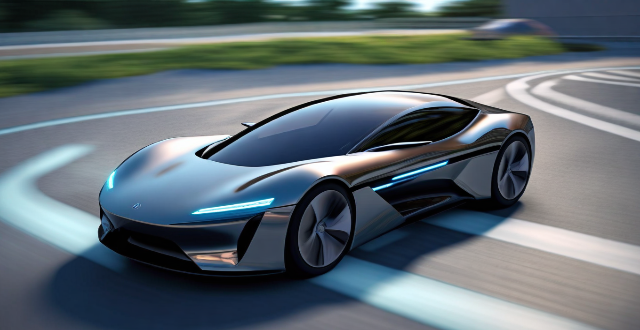The future outlook for electric vehicle adoption globally is promising, driven by government policies, technological advancements, and changing consumer attitudes towards sustainability. Governments are offering tax credits, setting emission standards, and investing in charging infrastructure to encourage EV adoption. Technological advancements such as improved battery technology, autonomous driving, and smart grid integration are also driving adoption. Consumer attitudes towards sustainability and environmental concerns are contributing to the growth of EV adoption. However, challenges and barriers such as high upfront costs, lack of charging infrastructure, and range anxiety must be addressed to achieve widespread adoption.

The Future Outlook for Electric Vehicle Adoption Globally
As we look towards the future, the adoption of electric vehicles (EVs) globally is expected to increase significantly. This trend is driven by several factors, including government policies, technological advancements, and changing consumer attitudes towards sustainability and environmental concerns. In this article, we will explore the key drivers of EV adoption and what the future holds for this rapidly evolving industry.
Government Policies and Incentives
Governments around the world are implementing policies and incentives to encourage the adoption of EVs. These measures include:
- Tax Credits and Rebates: Many countries offer tax credits and rebates for purchasing EVs, making them more affordable for consumers.
- Emission Standards: Governments are setting stricter emission standards for vehicles, which can be met more easily by EVs than traditional gasoline-powered cars.
- Infrastructure Investment: Governments are investing in building charging infrastructure to support the growing number of EVs on the road.
Technological Advancements
Technological advancements are also driving the adoption of EVs. Some key developments include:
- Improved Battery Technology: Advances in battery technology have led to longer ranges and faster charging times for EVs.
- Autonomous Driving: The development of autonomous driving technology is closely linked to EVs, as they share many similar components and systems.
- Smart Grid Integration: As more EVs are integrated into the grid, smart grid technologies will become increasingly important for managing energy demand and supply.
Changing Consumer Attitudes
Consumer attitudes towards sustainability and environmental concerns are also contributing to the growth of EV adoption. People are becoming more aware of the impact of traditional gasoline-powered cars on the environment and are looking for alternative options that are more eco-friendly. Additionally, as younger generations become more interested in sustainability and technology, they are likely to be early adopters of EVs.
Challenges and Barriers
Despite these positive trends, there are still challenges and barriers to widespread EV adoption. These include:
- High Upfront Costs: While government incentives can help offset some of the costs, EVs generally have higher upfront costs than traditional cars.
- Charging Infrastructure: Although governments are investing in charging infrastructure, there is still a lack of charging stations in many areas, which can limit the practicality of owning an EV.
- Range Anxiety: Some consumers may be hesitant to switch to an EV due to concerns about limited range or long charging times.
Conclusion
Overall, the future outlook for electric vehicle adoption globally is promising. With continued government support, technological advancements, and changing consumer attitudes, we can expect to see a significant increase in the number of EVs on the road in the coming years. However, addressing the challenges and barriers to adoption will be crucial for achieving widespread adoption and realizing the full potential of this exciting technology.